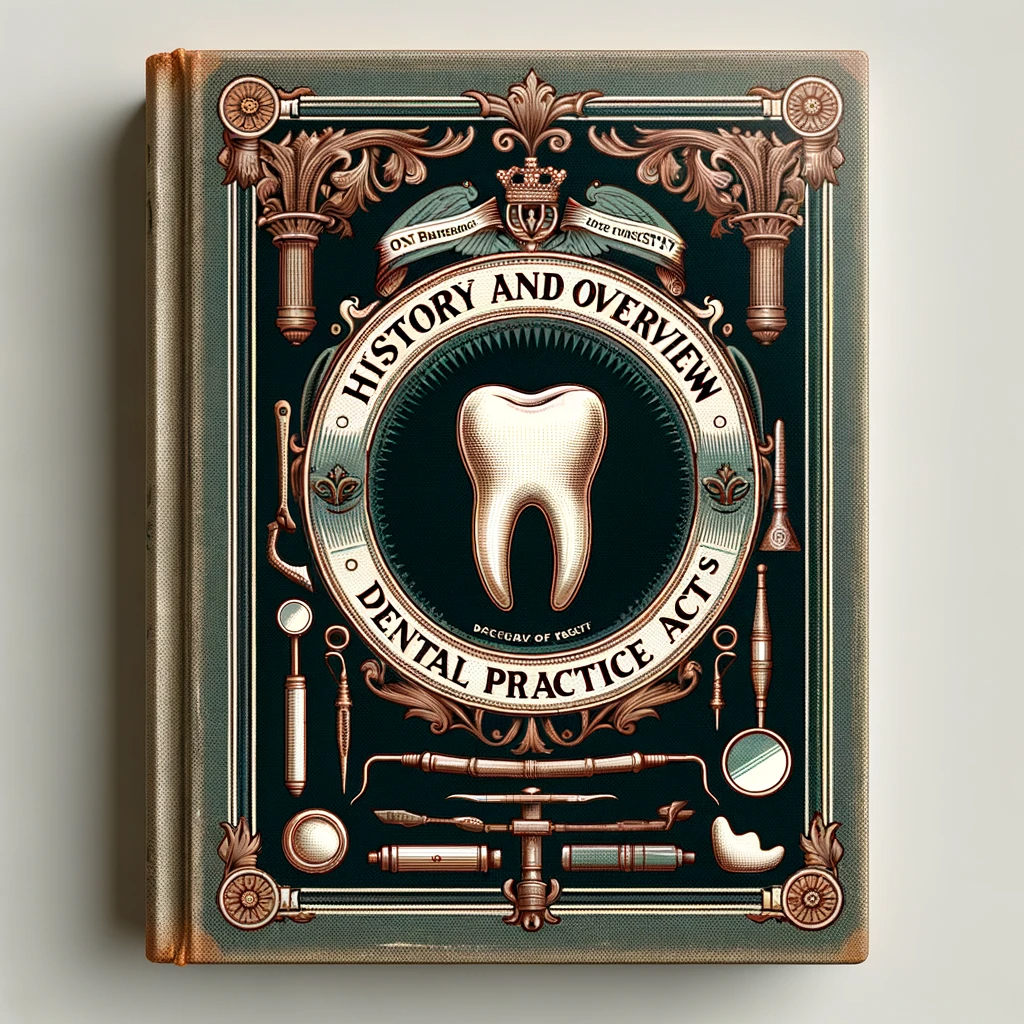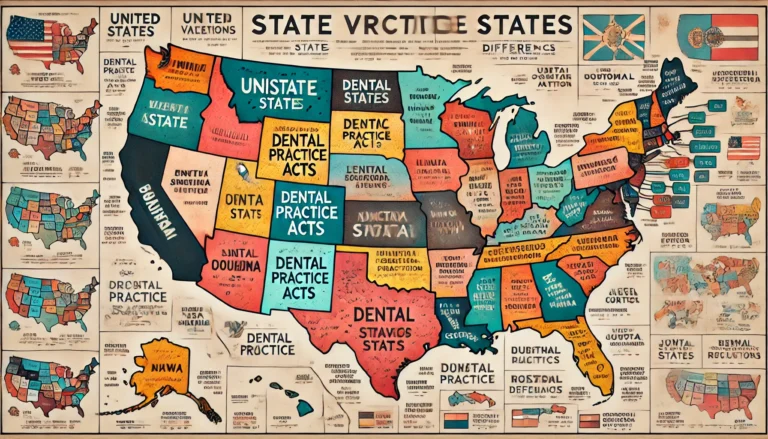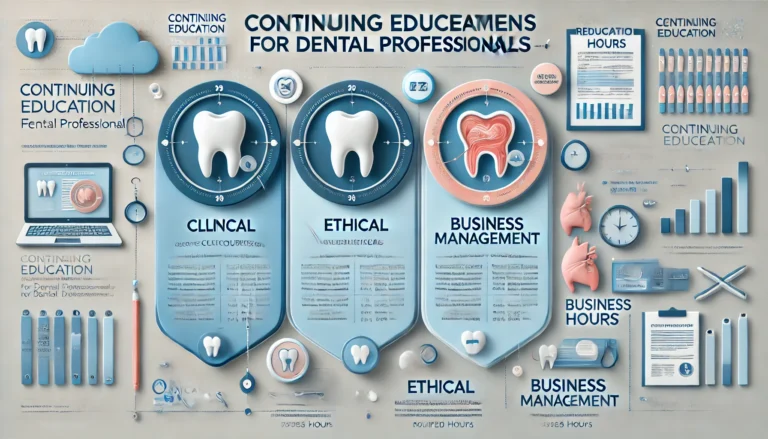Unveiling the Past: A History and Overview of Dental Practice Acts
History and Overview of Dental Practice Acts
The practice of dentistry, often taken for granted in today’s world, has a rich and intriguing history that spans centuries. From the earliest attempts at tooth care to the establishment of formal dental institutions and the enactment of dental practice acts, the evolution of dentistry in the United States is a fascinating journey. In this article, we’ll explore the captivating history and overview of dental practice acts, shedding light on the key milestones and influential figures that have shaped the field of dentistry.

Ancient Beginnings
The history of dentistry dates back to ancient civilizations, where various cultures practiced rudimentary forms of oral hygiene. Aristotle, the Greek philosopher, wrote about dentistry in his medicinal book for all kinds of diseases and infirmities. While these early practices were far from modern dentistry, they laid the groundwork for the future.
The Father of Modern Dentistry
One of the most significant contributions to the field came from Pierre Fauchard, a French surgeon dentist who is often regarded as the “father of modern dentistry.” In his seminal work, “The Surgeon Dentist,” published in 1728, Fauchard introduced the idea of dental fillings and the use of dental prostheses, revolutionizing dental care.
The First Dental School
The establishment of the first dental institution marked a turning point in the history of dentistry. In 1840, the Baltimore College of Dental Surgery became the first dental school in the world, offering aspiring dentists a formal education in the field. This groundbreaking institution laid the foundation for dental education and paved the way for the development of dental practice acts.
The Birth of Dental Practice Acts
The need for regulation and standardization in dentistry became apparent as the profession continued to grow. In 1841, the first dental practice act was enacted, marking a significant moment in the history of dentistry in the United States. This act granted the title of “Doctor of Dental Surgery” to qualified practitioners and aimed to ensure the safety and competence of dental care provided to the public.
Expansion of Dental Institutions
Following the enactment of the first dental practice act, new dental schools emerged across the country. Harvard University Dental School, founded in 1867, became one of the first university-affiliated dental institutions. This expansion of dental education led to the establishment of dental organizations and associations, such as the American Dental Association (ADA) and the National Association of Dental Examiners.
Oral Hygiene and Dental Hygienists
As the field of dentistry continued to evolve, a greater emphasis was placed on oral hygiene. Dr. John Baker, an American dentist, founded the Fones Clinic for Dental Hygienists in Bridgeport, Connecticut, in 1913. This marked the beginning of dental hygienists playing a crucial role in maintaining oral health.
Dental Practice Acts Today
Today, dental practice acts vary from state to state in the United States but generally aim to ensure that dental practitioners meet high standards of education, training, and ethics. They govern the practice of dentistry, protecting the public’s oral health and promoting the advancement of dental science.
Conclusion
The history of dentistry is a testament to human ingenuity and our unceasing efforts to improve oral health. From its ancient beginnings to the establishment of dental institutions, the enactment of dental practice acts, and the evolution of oral hygiene, dentistry has come a long way. As we reflect on this history, we appreciate the significant strides made in dental care and the dedicated professionals who have contributed to the field’s growth. Dentistry is not just one of the oldest medical professions; it is a testament to our commitment to preserving the health and well-being of our smiles for generations to come.



